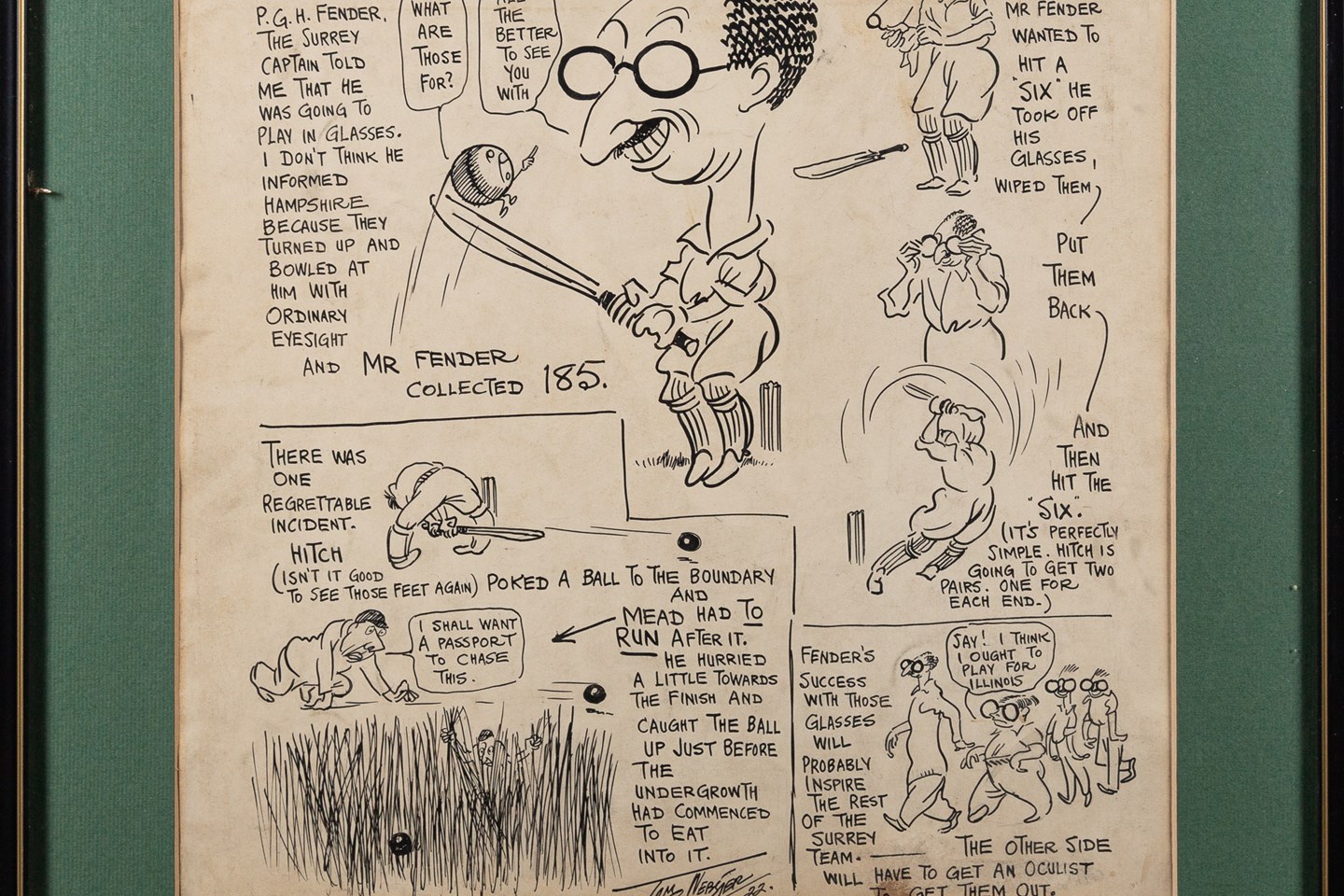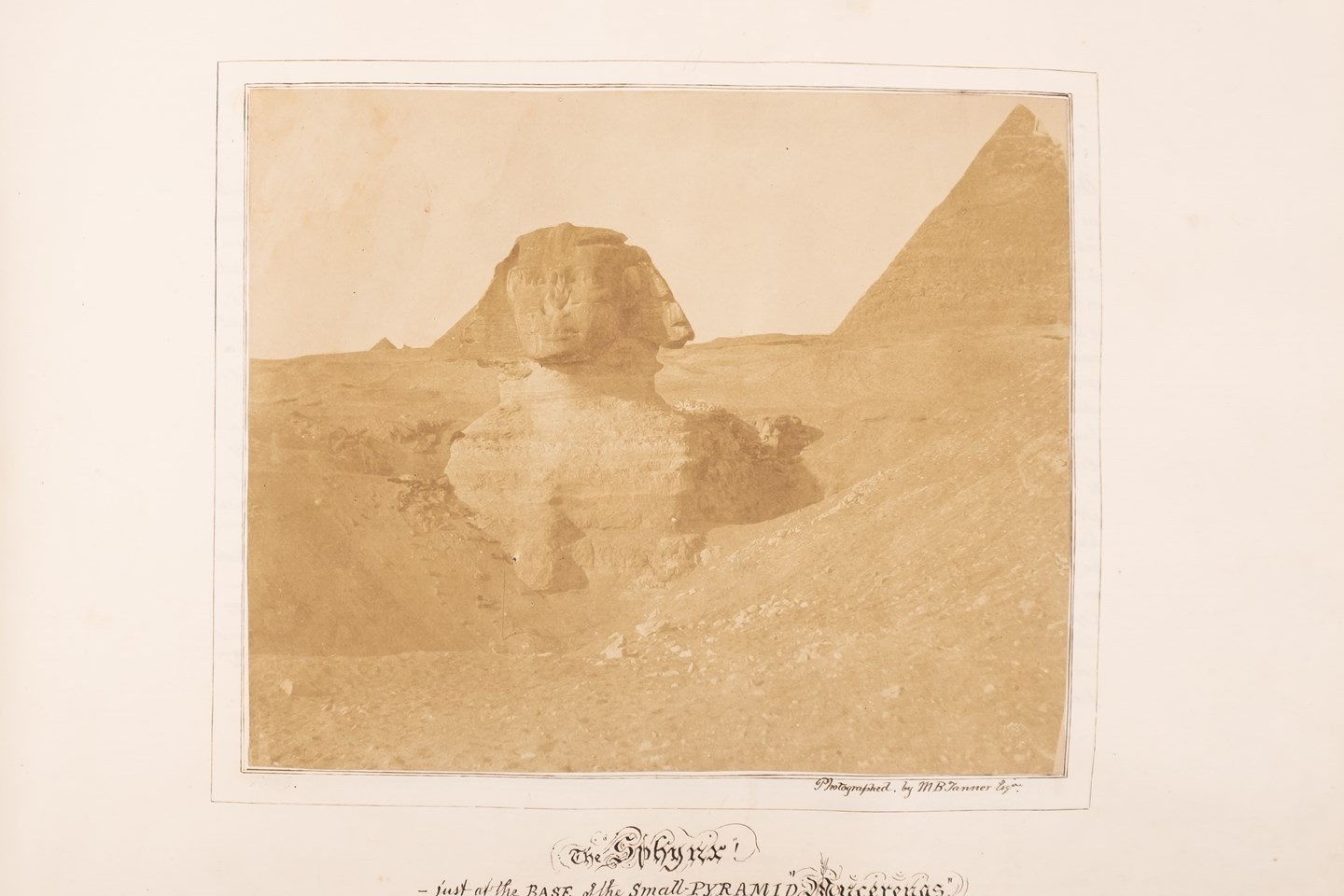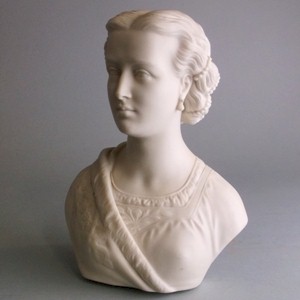
A Copeland parian bust of Alexandra Princess of Wales.
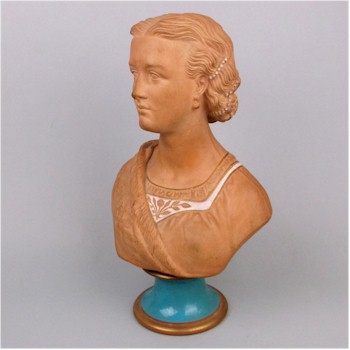
A Watcombe terracotta bust of Alexandra Princess of Wales.
At the beginning of the week, I was cataloguing a bust of Alexandra Princess of Wales produced as one of a pair to celebrate her engagement to Edward (the future Edward VII). The original was sculpted in white marble by Felix Miller, but this example was copied by Copeland in 1863, in simulation of the prototype in a dry bodied porcelain known as Parian. Alexandra, originally from Denmark, was considered a beauty, whose habits and fashions were closely followed (sounds familiar doesn't it), she was also the longest serving Princess of Wales, becoming queen in 1901.
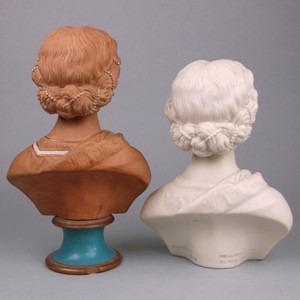
A comparison of the Copeland and Watcombe busts.
There is nothing unusual about Parian 'sculptures', which were very popular during the middle decades of the 19th century following the invention of Cheverton's reducing machine – a sort of jumbo etch-a-sketch that allowed modellers, under licence, to make identical smaller copies of existing sculptures. It was also not surprising that this example was made as one of a number for the Crystal Palace Art Union. Art Unions acted as a sort of local cultural lottery wherein each member purchased a ticket that was drawn at an annual ballot giving the winners an opportunity to own costly pieces by contemporary artists.
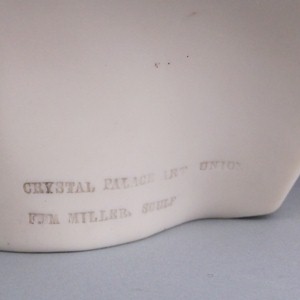
Art Union and sculptor's name on the parian bust.
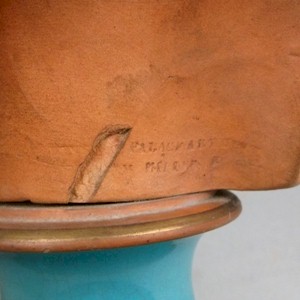
Just legible Art Union and sculptor's name on the Watcombe bust.
Several days later another example crossed my path, but this one was made in terracotta and although unmarked is certainly the work of Watcombe, or possibly the Torquay Terracotta Company. The red bodied clay has none of the Parian qualities of 'faux marble' and doesn't allow for crisp detailing, though it is still quite well modelled. However what seems more intriguing is that the first of the Torquay Potteries wasn't really up and running till 1869, some six years after the engagement of Princess Alexandra and further still the Torquay version of Alexandra is about 20% smaller.
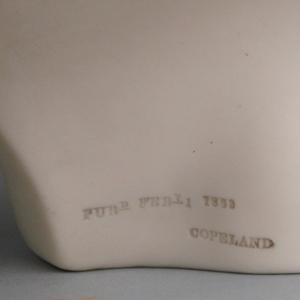
Copeland's mark and date on the parian.
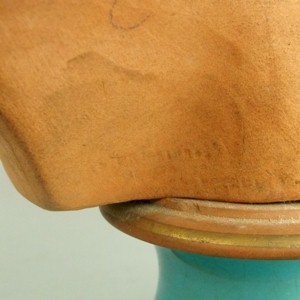
Invisible or erased - you decide!
So what you might say? Well it does suggest the Torquay potters have taken an 'unlicensed' mould from the Copeland Parian original. It is identically modelled and the difference in size could be accounted for by post firing clay shrinkage. There are no marks to attribute the piece and only the ghostly remains of the sculptors name and that of the Crystal Palace Art Union on the reverse, fine detail which 'might' have been 'partially' lost in the moulding or maybe the marks are intentionally vague. It also seems quite unlikely that the Crystal Palace Art Union having commissioned a Parian bust from Copeland would then request a poorer quality (no offence Torquay) Watcombe example several years later.
It does rather make it an enigmatic piece which may represent a pretentious start to a provincial concern that had some friends in high places. Or it may have been a risky strategy that a fledgling company made to aid sales and get off the ground. I really don't know. There are many far more knowledgeable than I when it comes to the Torquay potteries or the Art Unions so if you think you have the answer, I'd love hear from you.
- Bearnes Hampton & Littlewood
- Parian
- Copeland
- Watcombe
- Torquay Terracotta Company
Is Imitation the Greatest Form of Flattery? was written on Monday, 16th June 2014.










